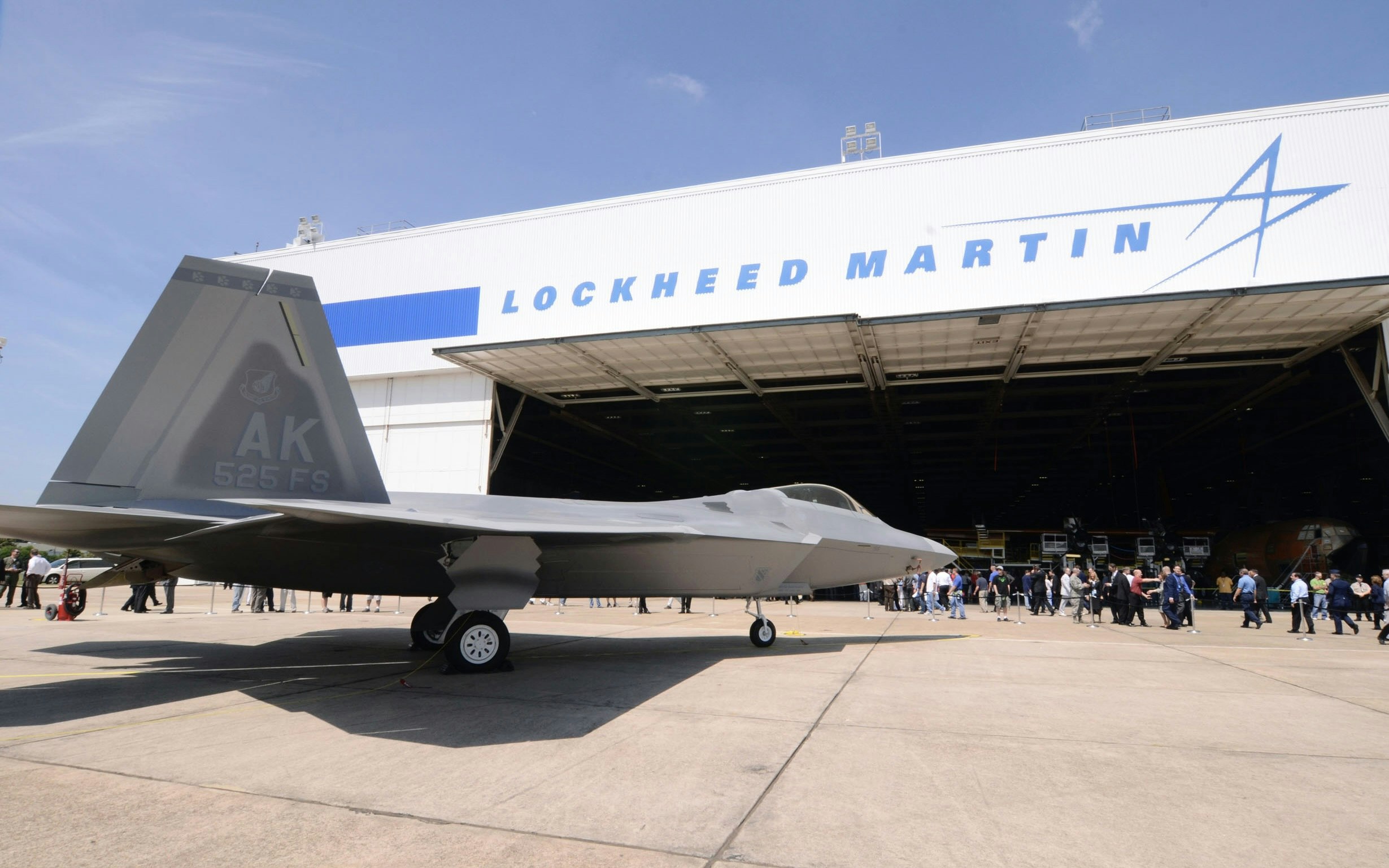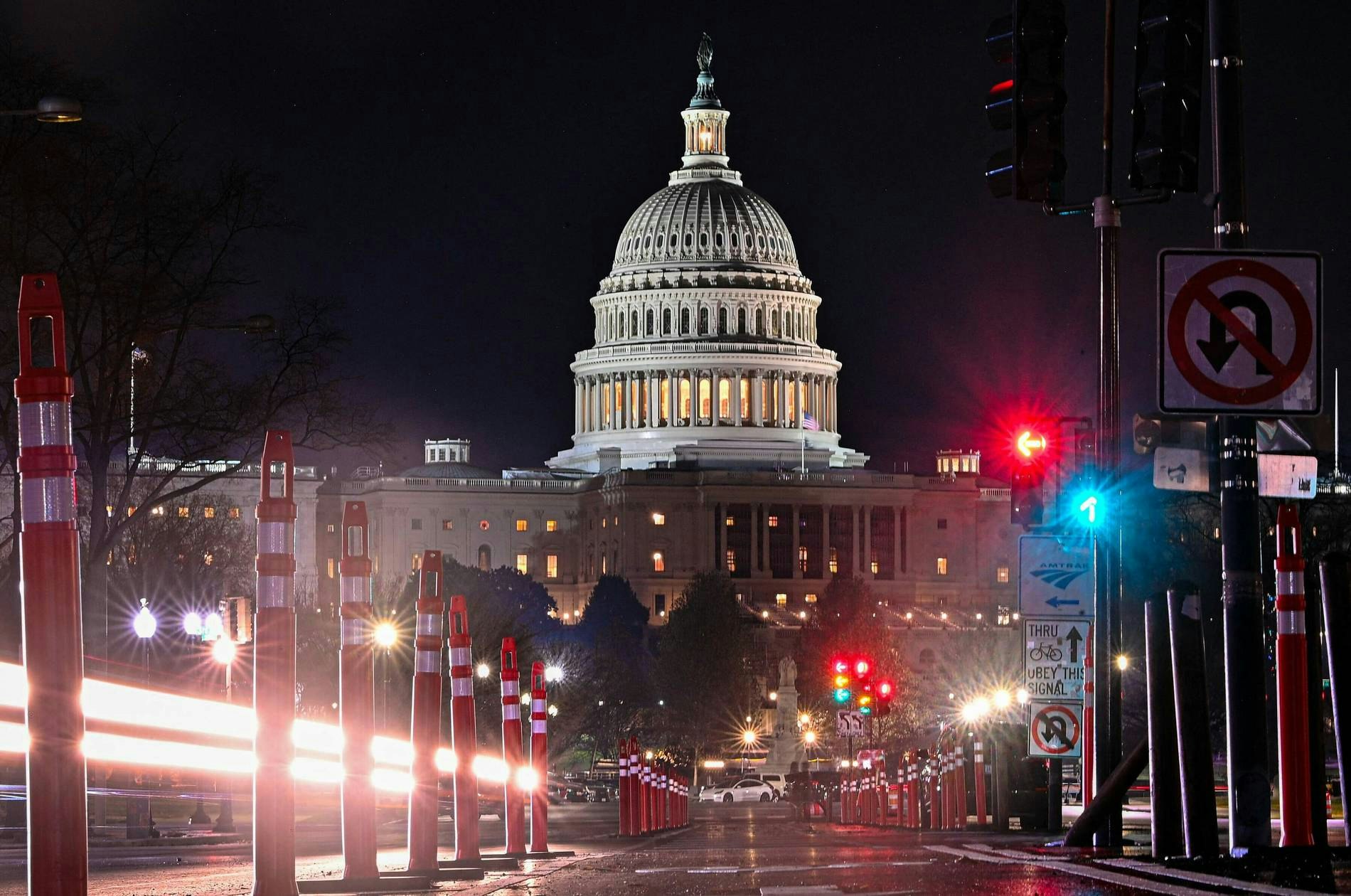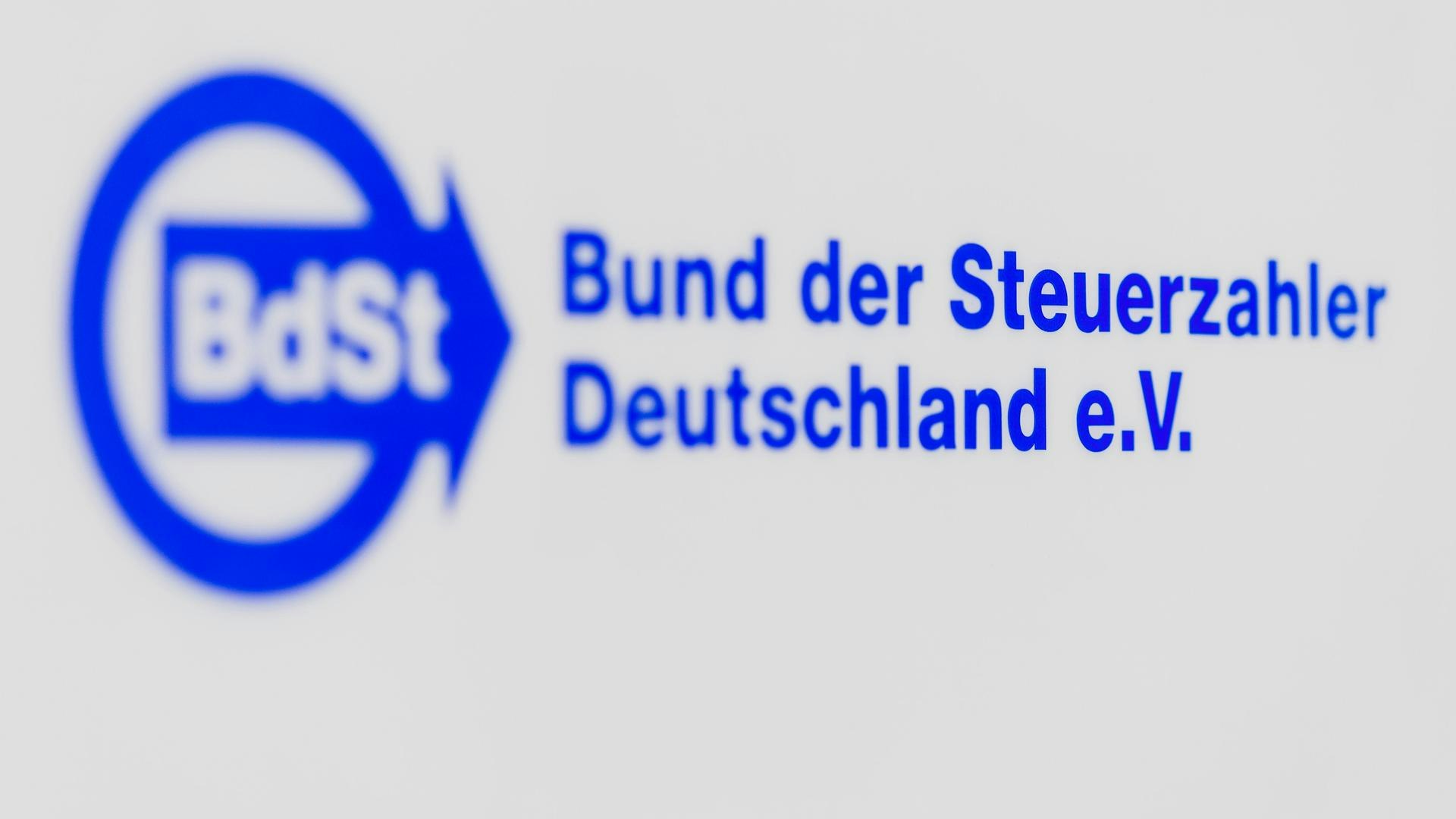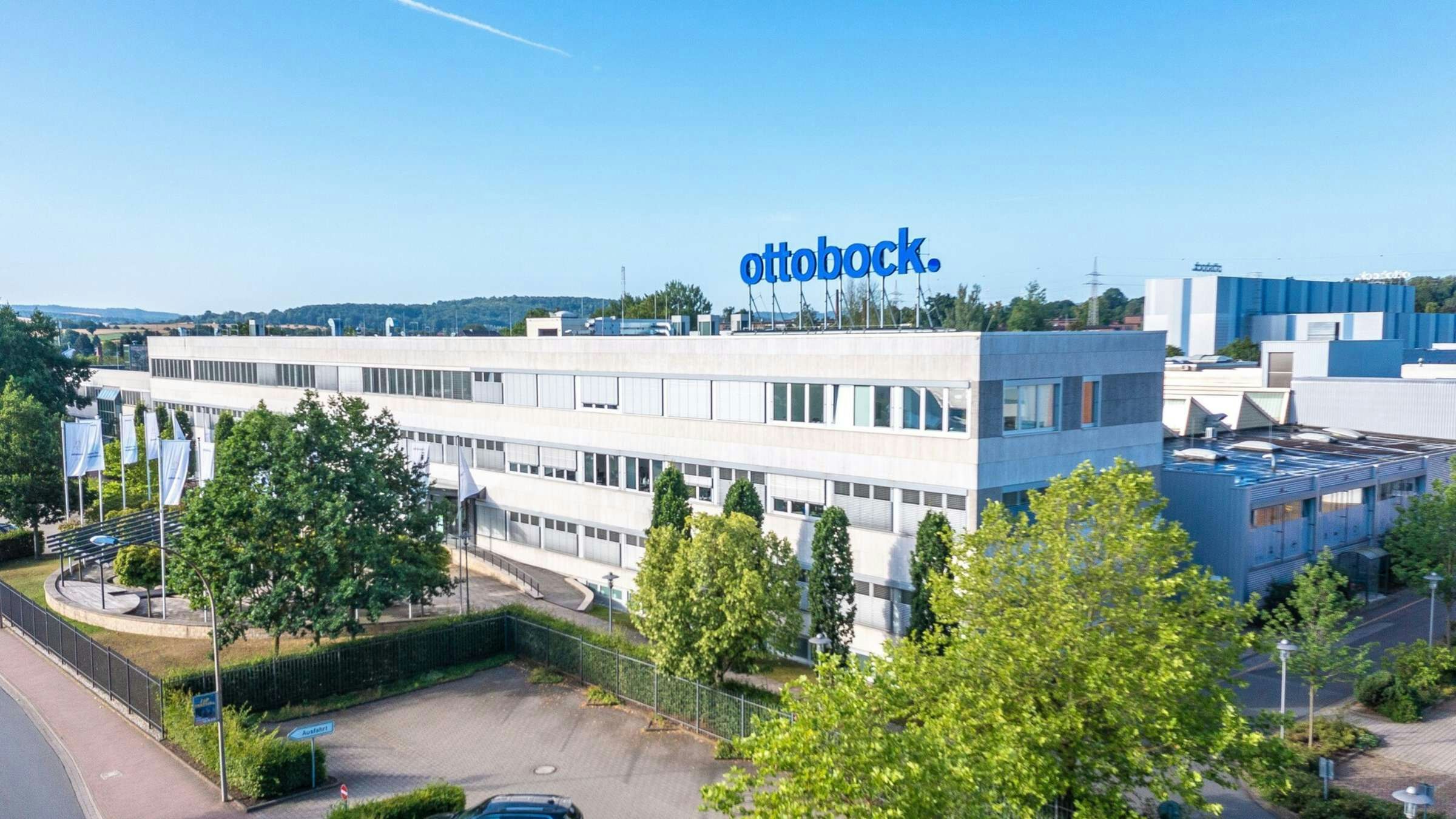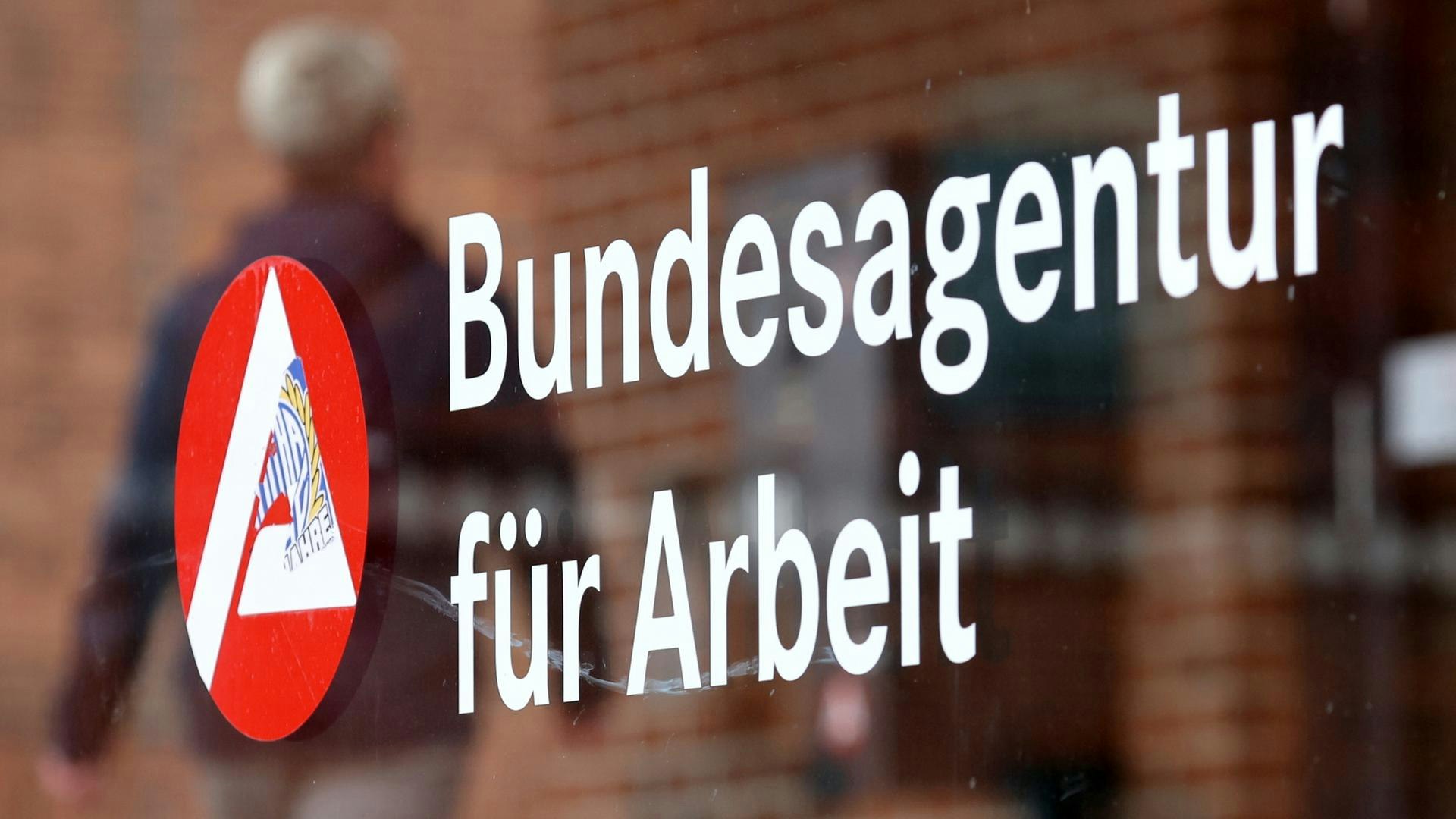Lockheed Martin raises full-year revenue forecast as strong demand for fighter jets and missiles drives better-than-expected second-quarter performance.
The US defense company now expects revenue of up to $71.5 billion for this year, compared to a previous maximum of $70 billion, which is above Wall Street's estimates.
Strong demand for Lockheed's F-35 and F-16 fighter jets helped increase sales by almost 9% to $18.1 billion in the second quarter compared to the same period last year. The company's shares rose by 4.5% in New York.
Frank St John, Chief Operating Officer, said that the company continues to expect strong demand for its products amid the war in Ukraine.
Several weapon systems from Lockheed, donated from US government stockpiles, played a key role on the Ukrainian battlefield, including the High-Mobility Artillery Rocket System (HIMARS), the Guided Multiple Launch Rocket System (GMLRS), Javelin missiles, and PAC-3 missiles, which are part of the Patriot missile defense system.
The conflict, he said to the Financial Times at the Farnborough Airshow in the United Kingdom, "has raised general awareness of the need for stronger deterrence and the use of resources for defense.
Regardless of Ukraine, I think there will be strong demand for deterrence throughout Europe, certainly in Southeast Asia, and worldwide," he added.
St John played down industry concerns that a new government in the USA after the November presidential election could impact business.
Our history shows that we have been able to build good relationships with both parties, and every time there is a new government, there are always efforts to deepen these relationships," he said.
We do not expect that anything about what we do or how we do it will change," he added. "Our focus is always on providing the deterrence capabilities and security capacities that essentially underpin the freedoms and form of governance that we have.
Last week, Lockheed resumed deliveries of its F-35 fighter jet after shipments were halted due to delayed upgrades intended to provide the aircraft with better displays and computing power. During the delivery pause, the company continued producing at maximum production rate and built up a stockpile of parked jets.
The company will not slow down its production rate. St John said it would "likely take three or four quarters to work through the backlog of jets that need to be delivered.
Robert Stallard, an analyst at Vertical Research Partners, said in a statement: "After a few years of struggling with a clogged supply chain, we see these results from Lockheed as a clear sign that the defense industry is overcoming these challenges.


